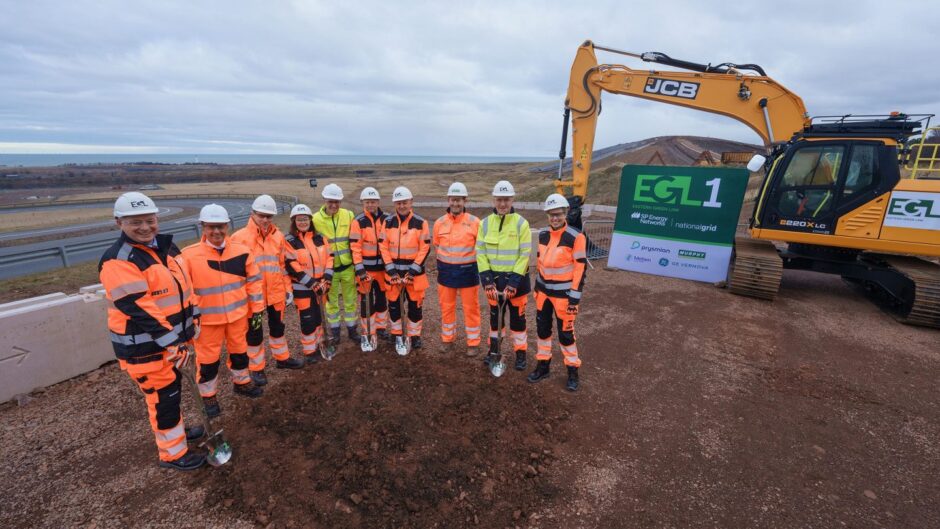
SP Energy Networks and National Grid Electricity Transmission have begun construction on the Eastern Green Link 1 (EGL1) transmission line.
The £2.5 billion project will deploy 176 km of subsea cable and another 20 km of underground cable to link Torness in East Lothian with Hawthorn Pit in County Durham.
Construction will see two stations built to convert the electricity from alternating to direct current. The work is being conducted by several contractors, including Murphy, Metlen, GE Vernova and Prysmian.
Murphy will build a new 400kV substation adjacent to the existing National Grid Hawthorn Pit 275kV Substation. It will also modify the existing overhead line near the current substation, along with a 400kV cable connection between the new and existing substations.
The project’s developers previously selected Prysmian to deliver the power cables along with GE Vernova’s Grid Solutions business and Metlen Energy & Metals to supply the two HVDC converter stations.
Offshore construction is also due to start this summer. Once the work is completed, expected by March 2028, the high-voltage line will be able to transport up to 2GW of wind-generated electricity.
SP Energy Networks chief executive Nicola Connelly, National Grid Electricity Transmission president of strategic infrastructure Carl Trowell and Minister for Housing and MSP for East Lothian Paul McLennan marked the start of construction in Torness.
Connelly said: “Eastern Green Link 1 will play a transformative role in delivering the modern electricity network needed for the future. At the same time, it will deliver economic growth, jobs and a supply chain boost right across the UK but importantly also for the communities hosting this vital infrastructure.
“Together with our partners at National Grid Electricity Transmission we will support our local communities with projects that matter to them and deliver long-term social value and direct benefits for years to come.”
Local support
In addition, Ofgem approved an £8m fund to support communities and deliver social, environmental and economic benefits where the cable makes landfall.
Set to open later this year, the fund recognises the important contribution communities will play in hosting vital energy infrastructure and strengthening energy security.
In the coming weeks, EGL1’s project team will meet with local stakeholders and communities to help shape the funding to match their needs and maximise the benefits for the community and wider region before it opens for applications.
The project was given the green light by Ofgem last year, when it also received £2bn of funding.
EGL1 was flagged by the National Energy System Operator (NESO) as an essential element in achieving the government’s Clean Power 2030 ambition.
“The electricity projects we are delivering from now to 2030 and beyond, both in Scotland and the rest of the UK are monumental. They will meet future energy demand, achieve greater energy security alongside the delivery of cleaner power, and will help to contribute to lower bills for consumers,” said Trowell.
“With a focus on economic development and community engagement, this project will demonstrate first-hand the power of collaborative, large-scale infrastructure in creating lasting positive change.”
Recommended for you

